
 By Natali Moss
By Natali Moss
Small countries that have invaded the enemy that prevails, simply do not have sufficient combat capacity to win in a general military battle. Asymmetrical restraint and protection options are needed to nullify this advantage. If the restraint does not work and the defense gives cracks, there are few options to prevent the opponent's control. One of the irregular options, which is increasingly found in the plans of defense of small states, is the so -called rear forces.
Focus translated Braian Petita's article about what to do with the forces of resistance in the enemy rear in the war. The purpose of the rear forces is obvious from the name - these are pre -designed operatives who plan to lie down to the bottom, survive and eventually act in the rear of the enemy. Forces remaining in the rear can slow down, win time, cause losses, make confusion and psychologically demoralize the enemy. In the military sense, it is a delay, not a mechanism of victory.
Usually, but not always the forces that remain in the rear are the organizations of commandos, which are secretly acting. Investments in the rest of the rear are increasing, but are still a matter of debate. The concept itself implies failure. The creation of the rear forces implies that the state will not be able to stop the invaders at its borders, and recognizes that the counterattacks will not be able to expel the occupier.
Investing in the force of restraint, no matter how prudent it can be, signals that occupation is possible or probable, and this state is not wishing to recognize. Nevertheless, NATO countries in Eastern Europe, such as Estonia, Latvia, Lithuania and Poland, as well as non -joined countries, such as Georgia and Taiwan, are developing new national defense and resistance strategies for society. They all face an opponent, which is far outweight. None of them can afford the parity of forces.
They all consider or already apply the concept of rear forces. This article presents a decision -making scheme for the rest of the rear, and the only decision is considered in the Vargeimmims and which is difficult to reproduce in training scenarios: when the forces remaining in the rear should remain and fight or flee and evade. After determining the types of forces remaining in the rear, four "occupation" conditions that differ in the methods of occupiers are described.
These include the neglect, peace, enslavement and release. This scheme is designed to help the leader of the resistance or adviser to the rear forces, to make a decision: to stay or go? Resistance forces are divided into two general categories. The first is specialized military units, such as a distance group that remain in the rear for intelligence and assistance in capturing goals. These units are small shock groups that move freely occupied territories and create chaos in the rear of the enemy.
An example is the operations of the British Special Aviation Service in North Africa in 1942 against Erwin Rommel's African Corps. During the Cold War, this category included groups of rear strokes, intended to influence strategic objects within the territory occupied by the enemy through plaque, sabotage or blasting. Often, these operations were not unilateral. They were intended to assist local guerrilla units.
The military unit in which I served for ten years is the 10th group of special forces (airborne)-is one of these units. The 10th group was formed in 1952, sent to Western Germany to fulfill tasks to maintain order. Groups of special forces were supposed to remain in the rear after the Soviet Union invasion into Central Europe. The task was to organize and manage the guerrilla resistance networks, which were harmful to the Soviet rear echelons.
Classified plans that became artifacts of the Cold War at the time I read them in 1997 and have not been put into effect. Were these groups of special forces of 12 people are really ready for such a mission? We dont know. These ideas and organizations are not tested in practice. The second organization or group of organizations is a shadow, pre -prepared secret network governed by intelligence organizations that organizes resistance from citizens.
These networks supply intelligence, spread propaganda or are involved in direct actions such as sabotage and sabotage. French detachments of the resistance of World War II is a typical example of this approach, but with one fatal warning: they were not thought out in advance. The French resistance centers were scattered initiatives, which were formed after France's surrender on June 17, 1940. Despite courage and heroism, French resistance detachments were organized only after the fall of France.
Geographically scattered, ideologically different and absolutely not coordinated, French resistance groups could not challenge the occupation German troops. German consolidation was complete and final six weeks after the invasion. As an adjunct of the University of Special Operations, which teaches these concepts and strategies, I noticed that investing in the rear forces is a gambite with peculiarities of decision making beyond most doctrinal limits.
In this context, the classification of the occupation environment by four categories can help in making or go. No matter how the state shapes the forces that remain in the rear or plan to use them, it is the occupation conditions that actually dictate the decision. The forces remaining in the rear are not intended to participate in the willpower or action in accordance with the doctrinal template.
It is a counterattack intended for attack on a narrow spectrum of vulnerable places of the occupying power. Therefore, it is the behavior of the occupation forces to a greater extent than the rear forces themselves, dictates actions. The occupation environment covers the forces, methods and repressive measures that the occupier uses to control territory, resources, infrastructure and people.
The first scenario in which the rear forces may remain is a strategy for neglecting the territory with subsequent restrained military occupation. The invader comes from the fact that the available security apparatus can be forced, forced or quickly blocked to approve a new mode with minimal shocks. Existing structures, behaviors and organizations can remain in their places, which will save the invaders from the need to attract expensive occupation forces.
Of course, some of the population will be displaced, deported or subjected to judicial persecution, but the superstructure of security forces will not undergo radical changes. In such an environment, potential forces remaining in the rear can track transitional processes, such as changes and fractionality in power structures. The rear forces can then analytically evaluate their political orientation and the chances of survival.
By borrowing the experience of revolutionary insurgent groups, the rear operatives can determine whether this particular moment is suitable for inconspicuous actions, such as organization and planning, or whether chaos is needed for aggressive actions that may interfere with control consolidation. Decale strategies are attractive to the imperial powers in that they promise a rapid victory, limited loss and inexpensive war.
The invasion of the US in Panama in 1989 was aimed at expeling the Panama leader of Manual Noriege and "changing management", retaining the security apparatus largely intact. The Soviet invasion of Afghanistan in 1979 was also an operation to be deprived. The Soviet Union was overthrown by the Afghan government as a result of a coup with the support of relatively easy invasions, which numbered 30,000 servicemen.
For this kind of invasion (and occupation), disciplined forces remaining in the rear have every chance of evading and acting. Unless they appear on the list of occupants' goals, conducting loud operations or media campaigns, the remaining in the rear may remain united units. The second potential condition in which the rear groups can remain successfully in place is when the occupation forces intend to peace or reassure the population, not to suppress and terrorize it.
This type of occupation limits violence - either through its ethics or based on the belief that excessive violence will be counterproductive. This model is approximately the US military approach in Iraq in 2003, when the defeat of the Iraqi army (allegedly) was to ensure the obedience of the Iraqi population. When the Iraqi population began to self -organize against the US occupation forces, the United States limited the use of violence, hoping that the new Iraqi government would become antidote.
As soon as the Iraqi population got acquainted with the methods of coalition occupation, some Iraqi decided that they could recruit, collect and fight the coalition and Iraqi emerging security forces. The Iraqi who waited soon formed or joined the resistance movements. By the end of 2004, a coalition led by the United States (in which I served the special forces officer) lost the initiative. Seven years later, in 2011, US troops left Iraq - the superpower retreated.
This type of occupation situation contributes to the forces that remain in the rear, as they can quickly determine the narrow spectrum of behavior (acts of terror, violence, sabotage) that attract the attention of the occupation forces. Such an operational space allows you to consider the appropriate strategy, plan and method of stay in the rear. The third type of occupation is enslavement.
It is a cruel scenario, but it can also be successfully organized in the rear, despite violent and repressive measures. In Poland, during the Second World War, the Germans who occupied it sought to turn a large part of the Polish population into long -term labor. Those Poles who were not killed or died of starvation were slavery. So the German regime sought to exploit Polish workers to strengthen the German military industry.
This method of occupation allowed the creation of a "Polish underground state", equipped with an armed component. The organizational model of the "Polish underground state" formed the basis of the modern doctrine of special forces of the US Army for resistance. This American doctrine, for its part, formed the basis of the "operational concept of resistance" - a guide that stimulated the creation of resistance forces in Eastern Europe and around the Black Sea.
In this model, resistance consists of four components: underground - brain and nervous system of resistance; auxiliary link - supporters and citizens who perform auxiliary functions; armed link - guerrilla units; And public links - the political face and the voice of the movement. In 2023, occupied units of Ukraine resemble occupation with enslavement, even if the Russian Federation does not (and cannot carry out) mass coercion of Ukrainians in the occupied territories, as Germany did in Poland.
At the tactical level it helps Russian invaders. They do not need to ensure well -being or maintain the productivity of captured citizens, and the methods of repression and control are practically unlimited. The longer the war lasts, the more occupying forces turn into a criminal and sadistic grouping. This creates gloomy conditions for conducting operations in the rear of the enemy.
In such situations, the best option for the remaining forces in the rear is the escape and the actions of safe shelter or the transfer of operations to more favorable areas. The fourth condition that contributes to the decision to stay "is a situation where those who remain in the rear are hope that they will come to the liberation forces and they will be able to remain without being delay, deportation or death.
In the occupied France in 1944, the Allies, such as the US groups of Jedburg, together with the French resistance units provided intelligence and organized sabotage to facilitate Operation Operation-the invasion of allies in France. In this case, the decision to remain or go "was made depending on the estimated terms and the alleged arrival of the liberation forces. Despite the name, the forces that remain in the rear should always be prepared to escape from the forces of the invasion.
In the face of the enemy who intends to occupy and control the territory, stay in the rear may be at best a failed tactical choice, and at the worst - suicide. The forces remaining in the rear must survive to make their contribution. If the forces remaining in the rear do not have real conditions for survival and action, they should be ready to escape and fight in another time and otherwise.
Modern technologies of observation and detection complicate the shelter, accumulation and action of the rear forces. A digital trace is a tactical problem that modern concepts of those who remain in the rear face. This is one of the reasons why investing in the rear forces is a gambite. Realistic options for the use of forces and means to actual occupation are somewhat unknown. The US Armed Forces are interested in assisting allies and partners in the creation of a rear forces.
The rear forces of friendly countries, if they are well planned and organized by the state, are ideal partners for the US forces of special operations. Unconventional fighting, which is the main task of commanding US special operations, is underway in partnership with local irregular forces in disputed or occupied territories. Such irregular forces, which are usually superior to the number and weapons of the invaders, are fighting in the face of a shortage of time.
To conduct hostilities, survival and victory, these groups need external support. Over the last decades, the United States has conducted successful campaigns for the Unconventional War with Northern Alliance of Afghanistan in 2001, with Iraqi Kurds in 2003 and with Syrian Democratic forces since 2014. For countries that are exposed to Russian aggression or Chinese invasion, the unification of the rear forces with the US forces of special purpose gives an obvious asymmetric advantage.
If this is done before the crisis, clearly and convincing, it also gives the effect of restraint. The development of a strategy for the use of the rear forces should begin with the comparison of the usefulness of the forces remaining in the rear, with the expected (or actual) occupation situation. Persons who make decisions should understand the context of the situation before making decisions on options for use.
The above four types of occupation situation can be used in decision -making by leaders and resistance units. Brian Petit is a resignation colonel in the US Army, teaches and advises strategy, planning, special operations and resistance. He is an adjunct of the University of Special Operations and a guest researcher of the initiative from irregular wars (2023)-a joint development of the Princeton project on empirical research of conflicts and the Institute of Modern War in West Point.


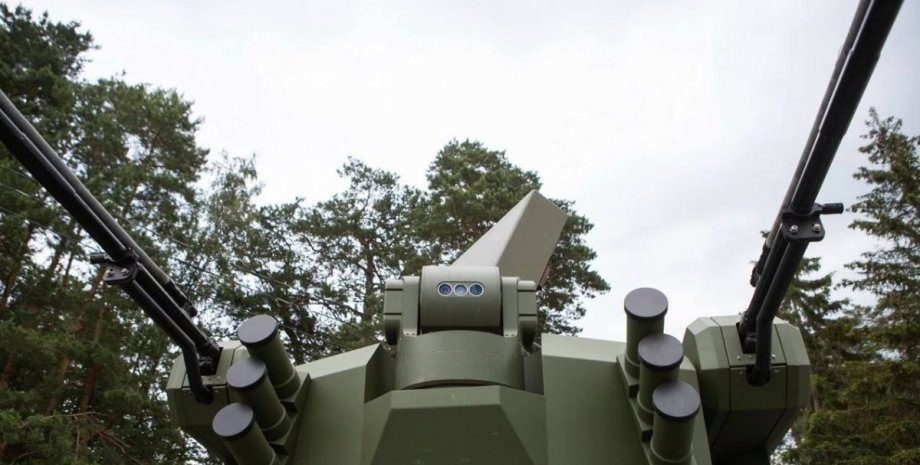
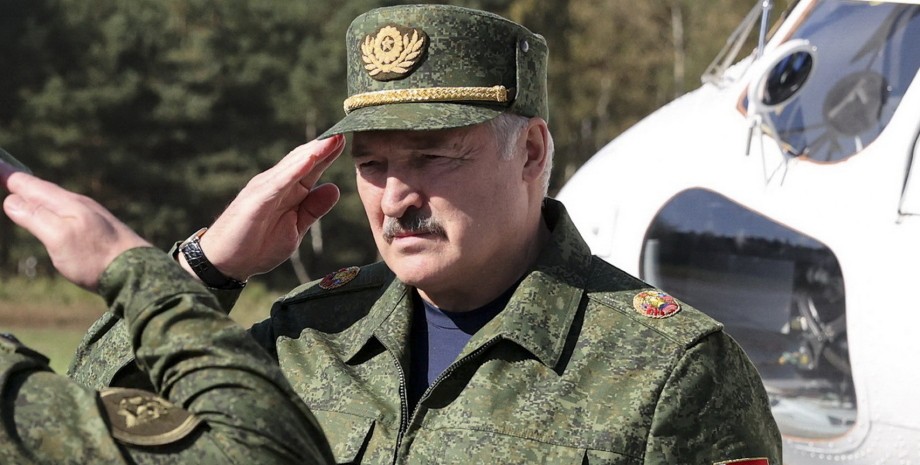
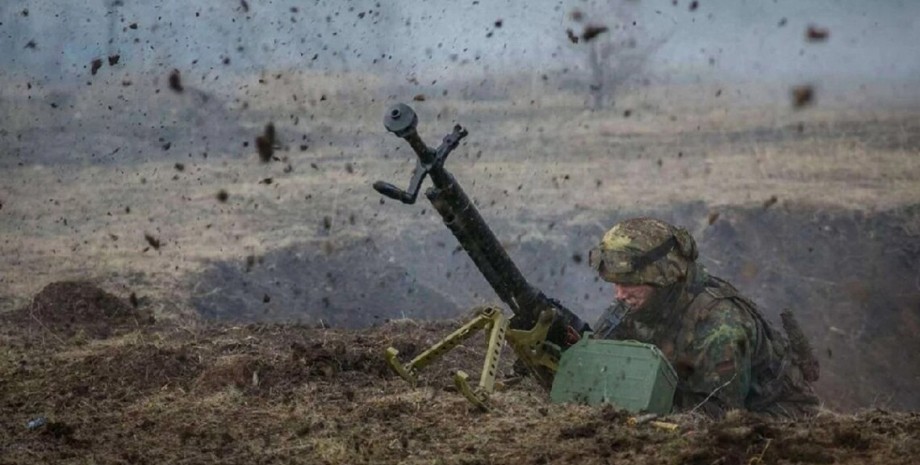

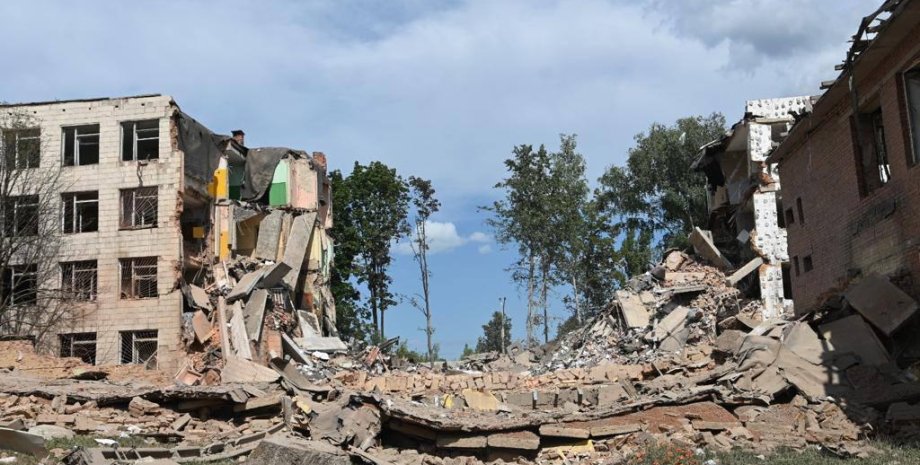
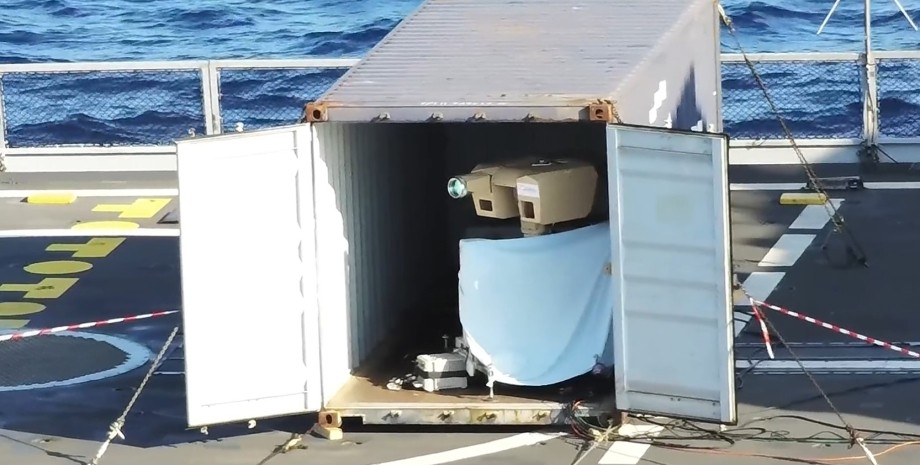
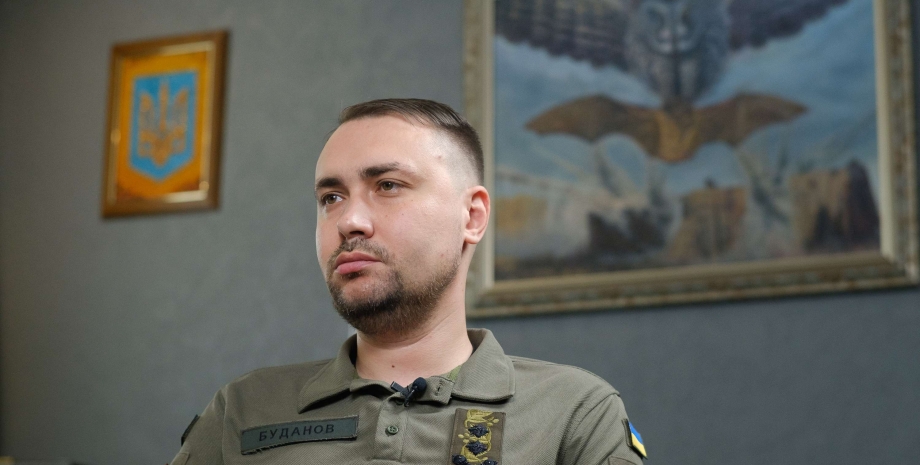
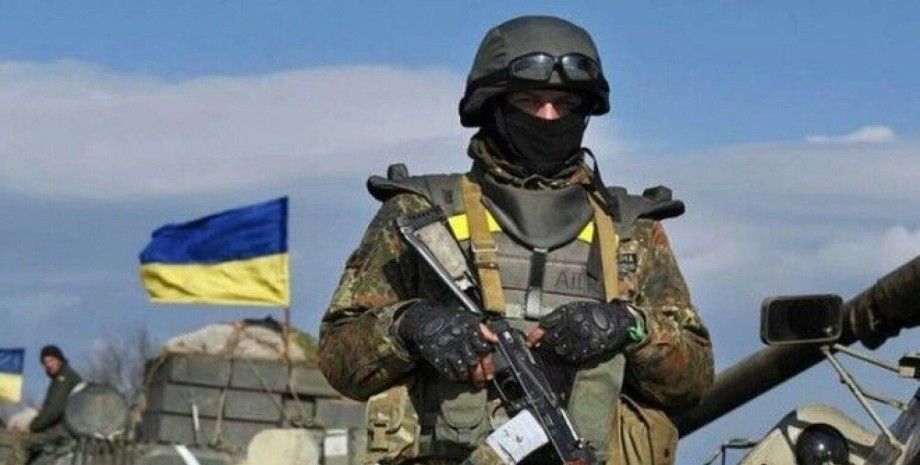
All rights reserved IN-Ukraine.info - 2022